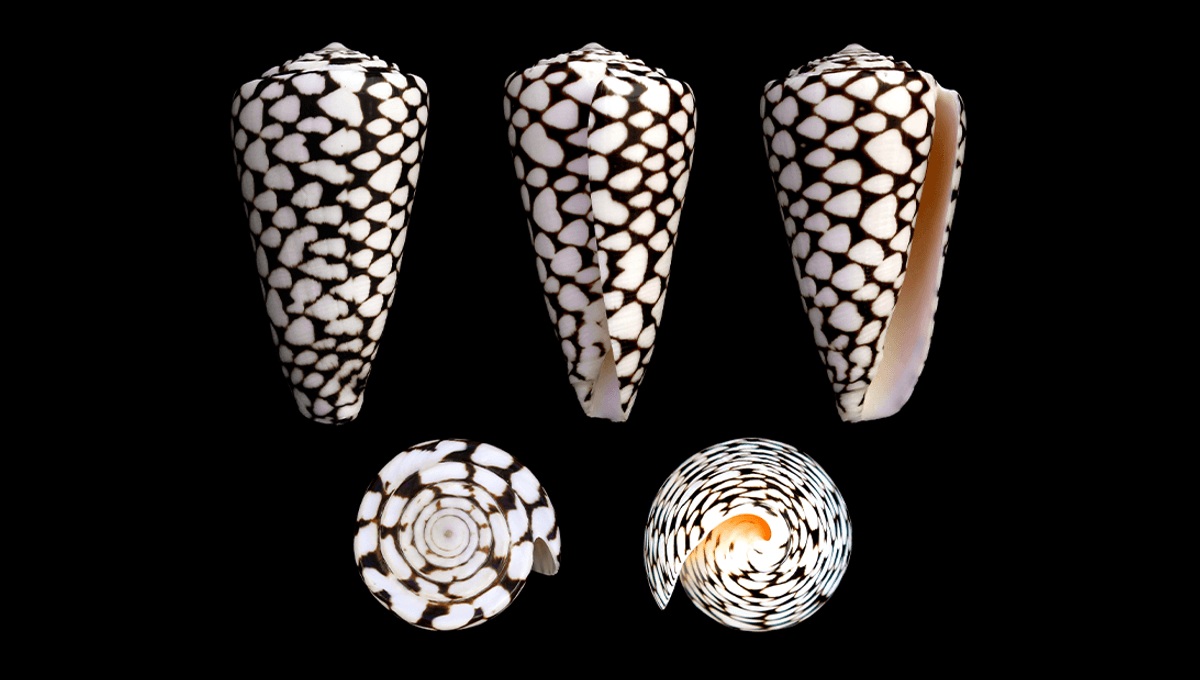If you go down to the beach for a spot of rock pooling this summer, just be mindful of exactly which species you might come across. One person in Japan had a very lucky escape when she picked up a cone snail, not realizing that the creature inside the pretty shell had the power to kill her.
Cone snails are marine gastropods in the family Conidae, numbering around 700 species, all of which are highly venomous. These snails have a wide-ranging distribution but occur in the South China Sea, the Pacific Ocean, and the waters around Australia. These delicate but deadly snails have a variety of patterns on their shells, leading people, like the 29-year-old Beckylee Rawls in Okinawa, Japan, to pick them up. In a TikTok video shared by Rawls – which has now reached a whopping 29.4 million views – she can be seen handling the snail, thought to be a marbled cone (Conus marmoreus), a species made famous in the art world after Rembrandt etched it back in 1650. "When I first saw the shell, I was just focused on how beautiful it was. I've picked up so many shells while at the beach before without hesitancy. I didn't even realize it was alive at first," Rawls told Newsweek. ⓘ IFLScience is not responsible for content shared from external sites. Despite appearances, these snails are actually expert hunters, and are classified into three groups based on their prey: worm hunters, fish hunters, or mollusk hunters. They possess a single hollow harpoon-shaped tooth that can extend to inject toxic venom containing bioactive neurotoxins into such prey, designed to paralyze it before the snail gets snacking. In humans, the venom can be deadly and several deaths have been attributed to various cone snails across the world. There is currently no antivenom for cone snail injuries since the composition of the venom can vary significantly between species. However, the proteins in cone snail venom have been looked into by scientists and pharmaceutical companies for their potential as painkillers, with some evidence that the effects can be up to 10,000 times more potent than morphine. Elsewhere in the world, other beachgoers have survived a similarly dangerous experience after handling the world's most venomous octopus. It might be better to employ a “look but don't touch” policy this summer instead.





